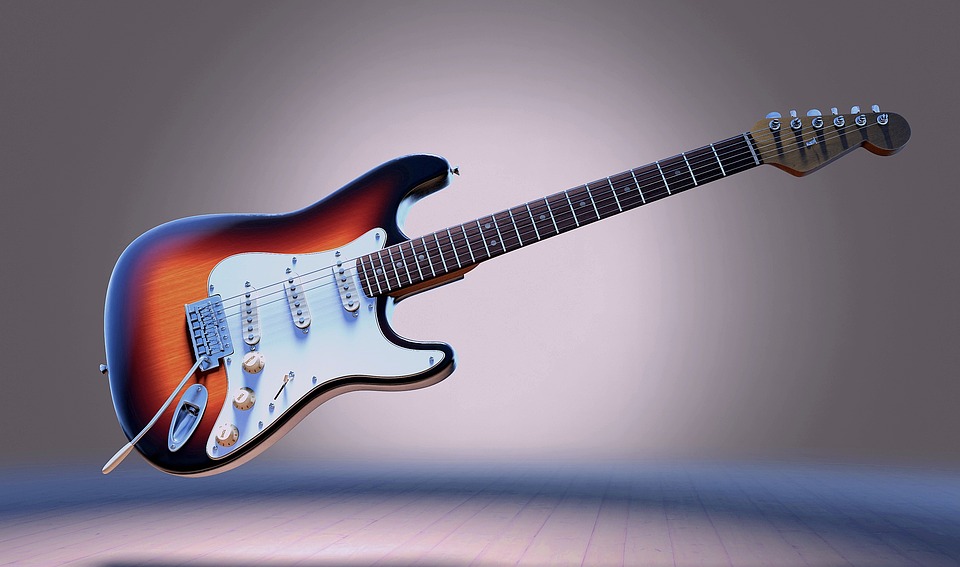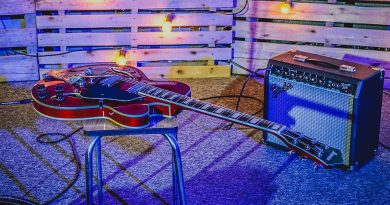Master the Basics: A Guitar Beginner’s Guide to Reading Tablature
Master the Basics: A Guitar Beginner’s Guide to Reading Tablature
Learning to play the guitar can be an exciting and rewarding journey. As a beginner, one of the first steps is to learn how to read tablature, also known as tabs. Tablature is a form of musical notation that is specifically designed for guitar players. In this article, we will guide you through the basics of reading tablature so you can start playing your favorite songs in no time.
What is Tablature?
Tablature is a system of notation that uses numbers and lines to represent the strings and frets on a guitar. Each number corresponds to a specific fret on a string, and the lines represent each of the six strings on the guitar. This visual representation makes it easy for beginners to learn new songs and play them accurately.
Reading Tabs
When you look at a tablature sheet, you will see six lines, each representing a string on the guitar. The top line represents the highest pitch string (E string), and the bottom line represents the lowest pitch string (E string). The numbers on the lines indicate which fret to press down on that string. For example, if you see a “3” on the second line, it means you should press down on the second fret of the second string.
Fingerings
In addition to the numbers on the lines, you may also see symbols indicating which fingers to use to play the notes. The most common symbols are:
– T = Thumb
– I = Index finger
– M = Middle finger
– R = Ring finger
– P = Pinky finger
These symbols help guide you on which finger to use for each note, ultimately improving your finger dexterity and technique.
Reading Rhythms
Tabs do not always indicate the rhythm of a song, so it’s essential to listen to the song you are trying to play to understand the timing and rhythm. You can also find rhythm notation in some tabs, indicated by symbols such as “w” for whole notes, “h” for half notes, and “q” for quarter notes. Understanding rhythm notation will help you play the song with the correct timing and feel.
Chords
In addition to single notes, tabs can also represent chords. Chords are played by pressing down multiple strings at once, creating a harmonious sound. Chords are commonly represented by diagrams in tabs, showing you which strings to press down and which fingers to use. Learning chords is essential for playing rhythm guitar and accompanying songs.
Practice Tips
While reading tablature is an essential skill for guitar players, the key to mastering the guitar is consistent practice. Here are some tips to help you improve your skills:
1. Start with easy songs: Choose songs with simple melodies and chords to build your confidence and technique.
2. Break down difficult sections: If you come across a challenging section in a song, break it down into smaller parts and practice each part slowly.
3. Use a metronome: Practicing with a metronome will help you improve your timing and rhythm, essential skills for any musician.
4. Play along with the original recordings: Playing along with the original recordings will help you understand the nuances of the song and improve your ear training.
Conclusion
Reading tablature is a fundamental skill for guitar beginners, as it provides a visual representation of music that is easy to understand. With practice and dedication, you can quickly learn how to read tabs and start playing your favorite songs on the guitar. Remember to start with easy songs, break down difficult sections, and practice consistently to improve your skills. Happy playing!






